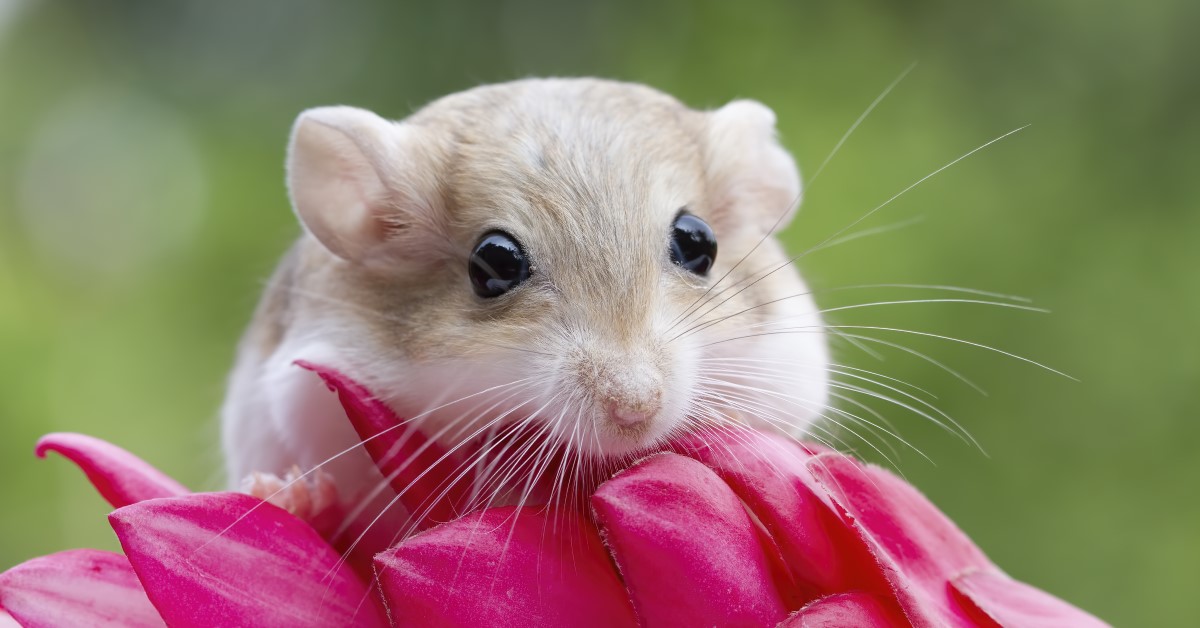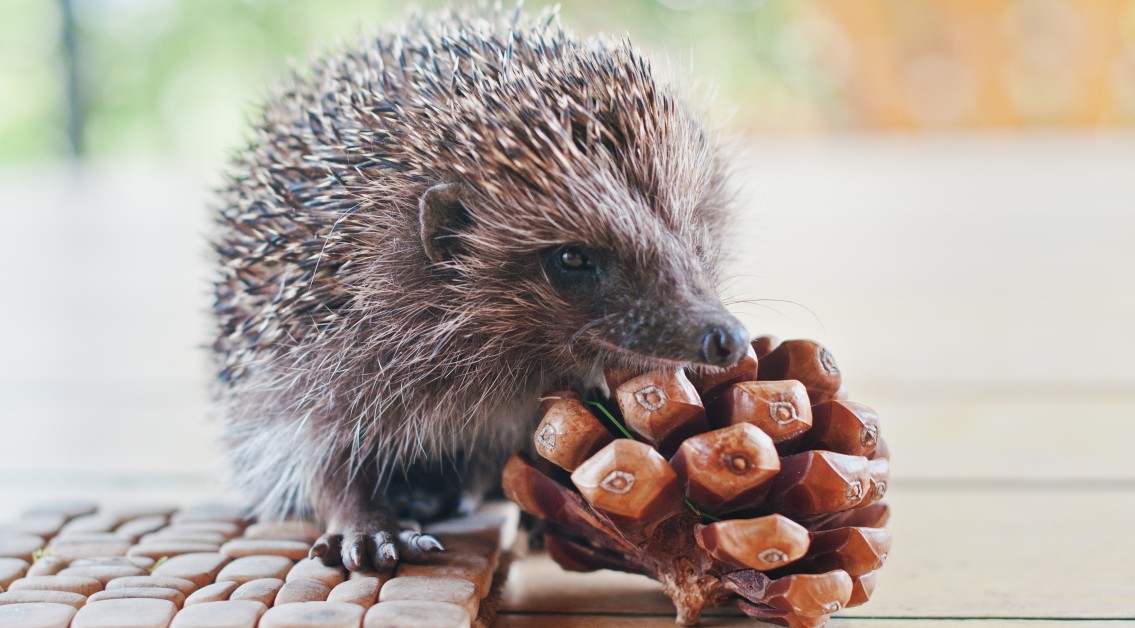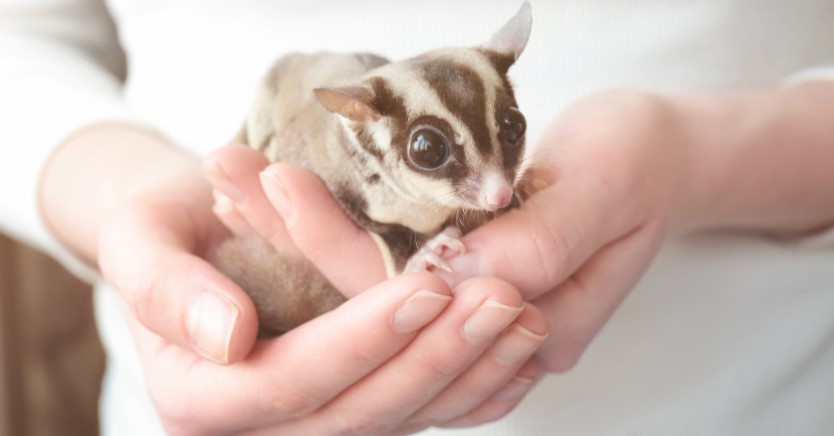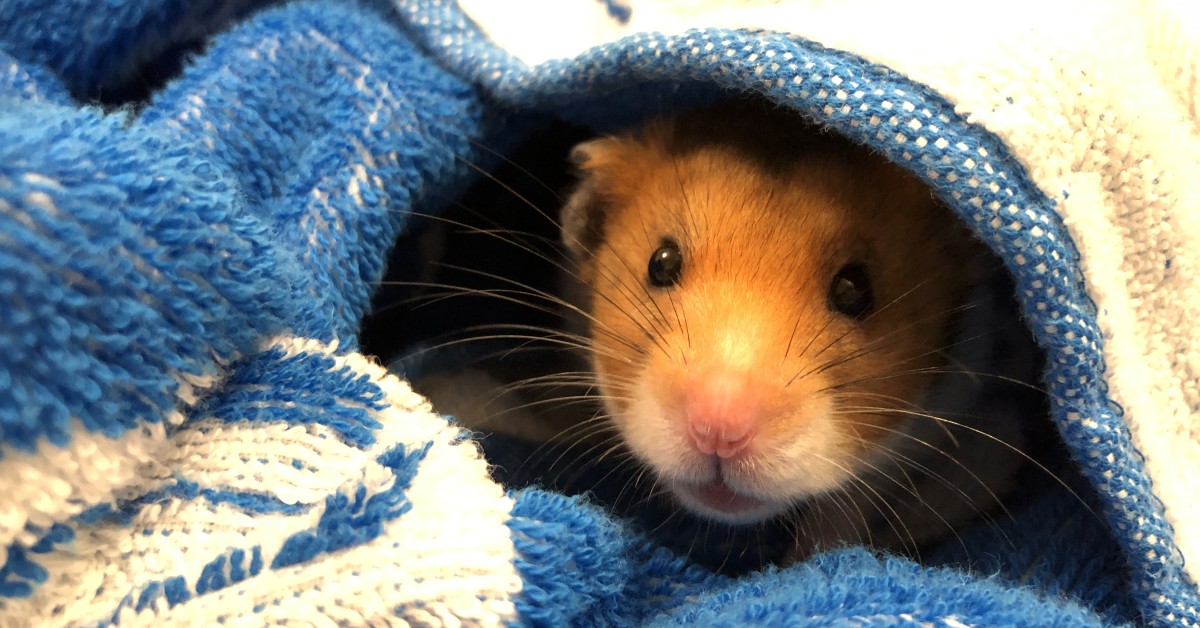Signs of Dominance in Gerbils
Gerbils may express dominance in a number of ways, such as scent marking, vocalization, posture displays, or physical combat.

Gerbils are social creatures, known for their calm nature and curiosity. While most have a mild temperament, gerbils can show signs of dominance in certain situations or environments. Like all animals, gerbils have unique personalities. This means that while many are timid and gentle, some may be assertive and sometimes even aggressive. It’s important to understand the signs of dominance in gerbils, why gerbils exhibit dominance, and what to do if your pet gerbil is becoming too hostile or aggressive.
Understanding Gerbil Social Behaviors
A gerbil’s body language and vocalizations can tell you a lot about how they’re feeling. Understanding these behaviors can help you manage aggressive tendencies in your pet.
Gerbils are often very sociable and therefore should be kept in pairs or groups. Siblings or small family groups are ideal. However, unless you plan on breeding your gerbils, you’ll want to keep the same sex together. While living together, it’s normal to see these creatures sleeping in piles, grooming one another, cuddling together, and play wrestling.
Unfortunately, not all gerbil behaviors are positive. When gerbils become overly dominant, they can start to exhibit unwelcome behaviors, such as aggression toward cage mates or their human owners.
Common Signs of Dominance in Gerbils
Gerbils that live in groups tend to have a strict hierarchical structure, with some being submissive and others dominant. If you’re new to owning gerbils, identifying dominant behaviors can be challenging. Here are some common signs of dominance in gerbils:
1. Assertive Body Language
When two gerbils interact, especially for the first time, one may express dominance over the other. When this happens, the dominant gerbil will attempt to make itself appear bigger by standing on its legs or arching its back. The subordinate gerbil will usually back away or express its submissiveness by rolling onto its side and showing its belly.
2. Scent Marking
Another common sign of dominance in gerbils is scent marking. This dominant behavior occurs when a gerbil marks its scent on items that they want to claim as their own, such as toys, bedding, cage bars, or running wheels. Gerbils possess a scent gland on their bellies that is a shade darker than the surrounding skin. This scent gland secretes a sticky fluid that is unique to the gerbil, and they use this fluid to mark.
3. Frequent Mounting
In the gerbil world, mounting can serve two purposes. First, mounting occurs when two gerbils mate, which is a common occurrence in both same-sex and different-sex pairs. The act of mating can make one gerbil more vulnerable as one has physical power over the other. In some instances, a gerbil may choose to display dominance while mounting. When this occurs, the dominant gerbil may mount another gerbil and bite its neck or attack suddenly. While the occasional mounting behavior is normal, frequent or incessant mounting can be a sign of dominance.
4. Aggression
Gerbils that are overly dominant may also have aggressive tendencies. This can occur when a dominant gerbil chases and possibly attacks a subordinate gerbil. Chasing behaviors often become repetitive as the subordinate gerbil is unable to escape the cage to safety. If an attack occurs, the subordinate gerbil will often be found with bite marks or a bleeding tail. Over time, the aggression toward the subordinate gerbil may become more serious.
5. Excessive Grooming
Grooming is a common behavior among social animals as it is a way for animals to bond. A gerbil allowing another to groom it also demonstrates trust. However, grooming can also serve as a form of dominance. This usually occurs when the dominant gerbil allows other gerbils to groom it but refuses to groom them back. Some gerbils will also show dominance by over-grooming their cage mates, resulting in spots of missing fur.
6. Sleeping Apart
Gerbils tend to sleep together in piles inside burrows that they create for safety and comfort. However, in a behavior called ‘declanning,’ one gerbil may be rejected by the group and forced to sleep apart from the others. Declanning is usually the result of a dominant gerbil forcing the rejected gerbil out of the burrow. When this occurs, it’s best to remove the rejected gerbil from the cage and into a new enclosure.
How to Address Dominance in Gerbils
Some gerbils are naturally dominant and may display behaviors that appear assertive but are not really harmful to their cage mates or human owners. However, when dominance turns into aggression, it may be necessary to intervene.
Separating gerbils that continue to fight or wound one another is crucial. Leave the dominant gerbil with the rest of the group and place the other gerbil into a cage that is outfitted in the same way as the other to ease the transition. As gerbils do not like to live alone, try introducing a new gerbil into this new cage.
It’s also important to consider if there is an alternative reason for fighting among gerbils. If the fighting is sudden, it could be due to a health problem. Certain illnesses can make a gerbil smell differently which may make the other gerbils treat it differently.
While it may not be possible to always stop your gerbils from fighting, you can reduce the risk of serious wounds by understanding why some gerbils are dominant and how best to react when a gerbil becomes aggressive.
Ready to start saving money on pet wellness care?
Then take a look at Mint Wellness, the pet wellness plan that provides fast reimbursement on routine pet care. Save on vaccinations, wellness exams, preventatives, dental, and more!
Learn More


